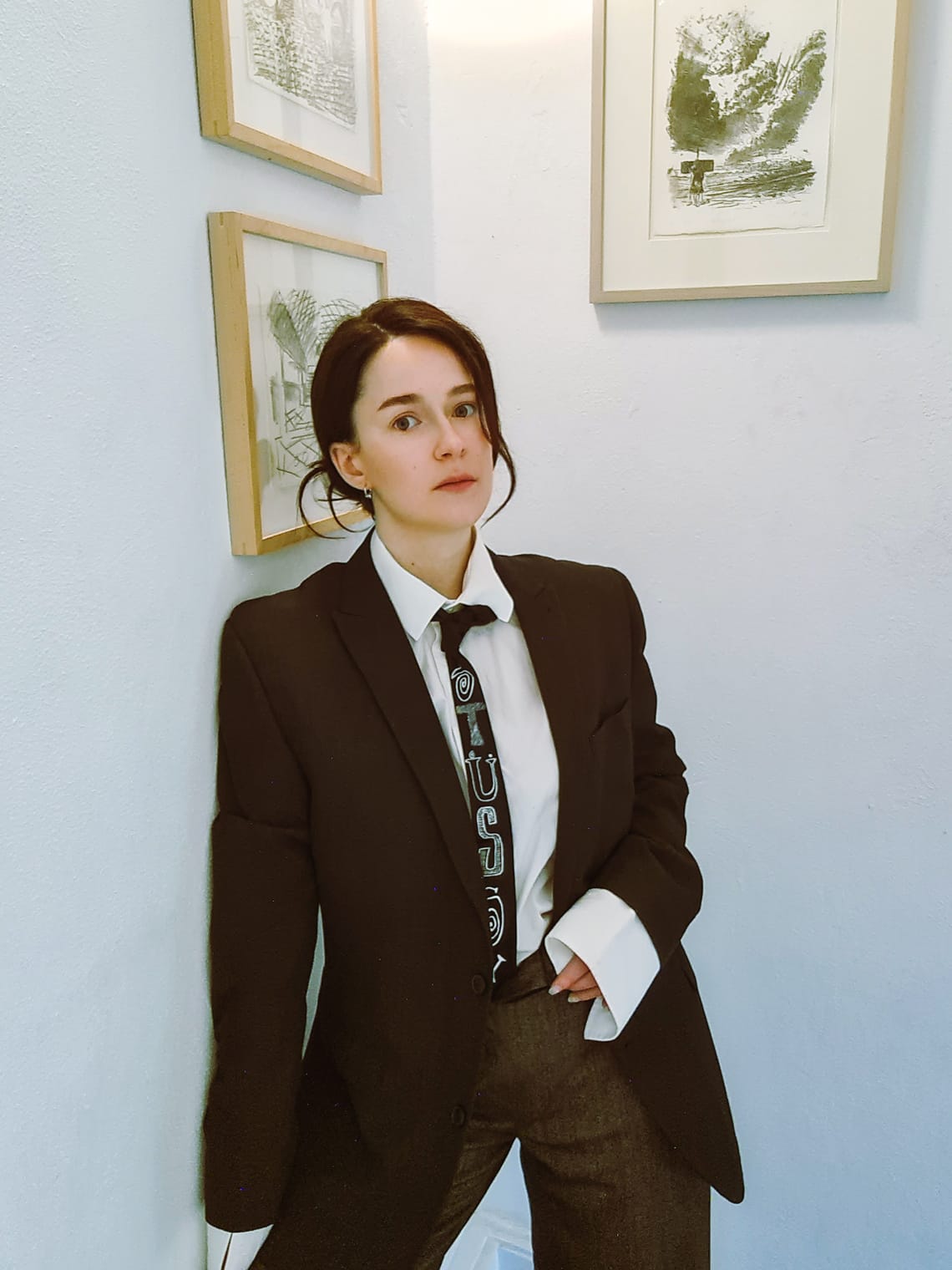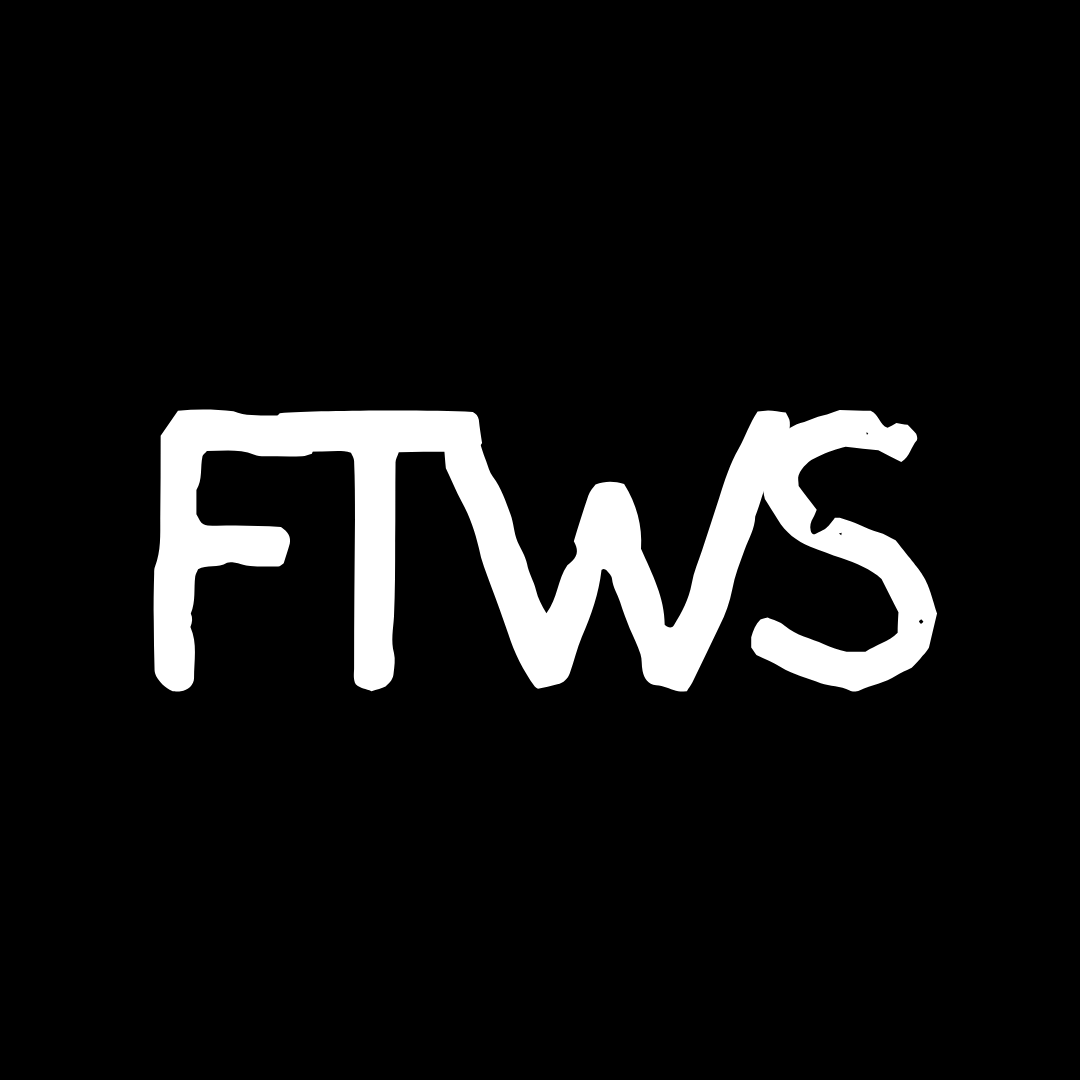
#013 - Ina Friedrich
Welcome to our interview series, where we interview emerging creatives all over the globe!
Today, we will be interviewing Ina Friedrich; Ina is the founder of 0.1% Agency, where she sculpts dynamic visuals and strategic marketing campaigns for clients like Universal Music, The Orchard, Nettwerk, and others. Her creative journey began with a vintage 35 mm film camera from her aunt, teaching her to master natural light and composition, which eventually led her to explore a distinctive mixed-media, more digital approach to visualize ideas and build unique worlds. Fully focused on design, she started to do cover artworks and visualizers for musicians and dove deeper into marketing with paid ads and strategic consultations. Deeply committed to giving back, her goal with 0.1% is to support women-led creative initiatives and use her platform to champion underrepresented voices.
With that being said, we will now dive into the questions we have prepared for Ina!
Hey, Ina! We appreciate your interest in taking part in the FTWS interview series. Let's begin with our first question: In what ways do you tell stories in your art? What feelings or ideas do you want to portray?
Whether I'm crafting visuals for an indie artist’s album launch or an AR experience for a major campaign, it always starts with a human story. I want people to feel something — awe, connection, even rebellion.
For me, art is a way to sculpt realities, to pull fragments of fever dreams, memory, and collective emotion into something visual, visceral, and alive. My work often lives at the intersection of digital and analogue: vibrant, multi-layered, sometimes chaotic, but always intentional. At 0.1% Agency we try to break visual rules that feel limiting, especially around gender, identity, and power. I want people to feel invited and activated. I want my work to provoke reflection, not just admiration.
Which artists have had the most influence on your work, and how have they influenced your style?
I’m forever inspired by multidisciplinary artists like Björk, the visual worlds Cho Gi-seok crafts, and Miwa Yanagi and her powerful work. They blend visual art and storytelling, and in Björk's case even sound, into full-body experiences, worlds and stories you can immerse yourself in. I take a lot from that — creating designs that don’t just sit still, but move, react, and resonate. I also draw a lot of influence from emerging female creatives who are using visuals to reclaim space in male-dominated industries. That energy is fuel.
Could you explain your creative process to us? Do you allow spontaneity to guide your work, or do you plan every detail beforehand?
It’s a mix. I call it structured spontaneity. I love moodboarding and strategic planning with clients, but I always leave space for instinct and improvisation. Some of my favorite campaigns happened in late-night bursts of flow, cutting and overlaying textures. Sometimes I take photos of water rippling or patterns on a leaf to turn them into assets. As someone who grew up with traditional art and 35mm film, I’m deeply influenced by the beauty of imperfection and the power of light, shadow, and texture.
When we worked on SN8 Festival’s visuals and branding, it was all about balancing a professionally branded look (since the event also addressed politicians and stakeholders) with the raw, artist-first visuals that would make people stop in the streets. That required both detailed planning and flexible creation. It’s that balance of visual emotion and strategic design based on data, audience & Co. that really defines my approach.
How has your artistic approach changed over time, and are there any particular events or situations that influenced it?
Absolutely. Moving to Canada and being a newcomer was a huge shift. It forced me to rebuild my network from scratch, which made me hyper-intentional about the kind of clients I wanted to work with. I stopped doing everything for everyone and leaned hard into music, culture, and purpose-led design. That’s also when I slowly started shaping the agency into a collective, a place where underrepresented creatives could thrive together, not just survive alone. In the end, my artistic approach actually benefited from these challenges and changes, as I am now crystal clear on who and what I want to focus on.
Which of your projects was the most difficult, and what did you take away from the experience?
Static and motion design for TV Noir. We were designing during crunch time right before Christmas. It was a high-stakes campaign with huge expectations: the visuals had to be performance-driven but emotionally resonant, unique, drive ticket sales, and work across platforms. I learned how to keep the creative spark alive while optimizing for KPIs. That’s the sweet spot for me now: visual design that performs.
Do you consider art to be a kind of self-discovery or therapy, and how does your personal life and emotional state impact your work?
Absolutely. My work is my mirror. It reflects where I am, what I value, and what I’m questioning. Design has been my way to process change—personal and cultural. Through my art, I’ve found healing both on my own but also in collaboration, especially with other womxn. Simply put, art has always been my way of decoding the world and myself.
What function do you think your art serves in the modern world? Do you consider your work to be a kind of personal expression, documentation or activism?
All of the above. My art is personal, but it’s also collective. It’s a way of expressing myself, documenting the cultural moment we’re in, challenging norms and addressing issues. I’m refusing to conform to a creative industry model that doesn’t serve the world we actually live in and ignores the complexity of being human. One that makes us feel ashamed of our emotions, our contradictions, our softness and rage.
That concludes our interview with you. Thank you so much for participating! Would you like to share any new, exciting plans over the next few months?
Thank you for having me.
Yes! We’re currently building out Club 0.1%, an online hub for female-identifying creatives from around the globe. We’re launching an onboarding program this year to support them with workshops, mentorship, and visibility.
Follow Ina Friedrich:
Instagram:
@0.1_ina (Personal)
@0.1agency (Business)
Website
Get Featured: https://forms.gle/iMEu3NouFWTWKwo78
Donate: https://paypal.me/NaolDenko

